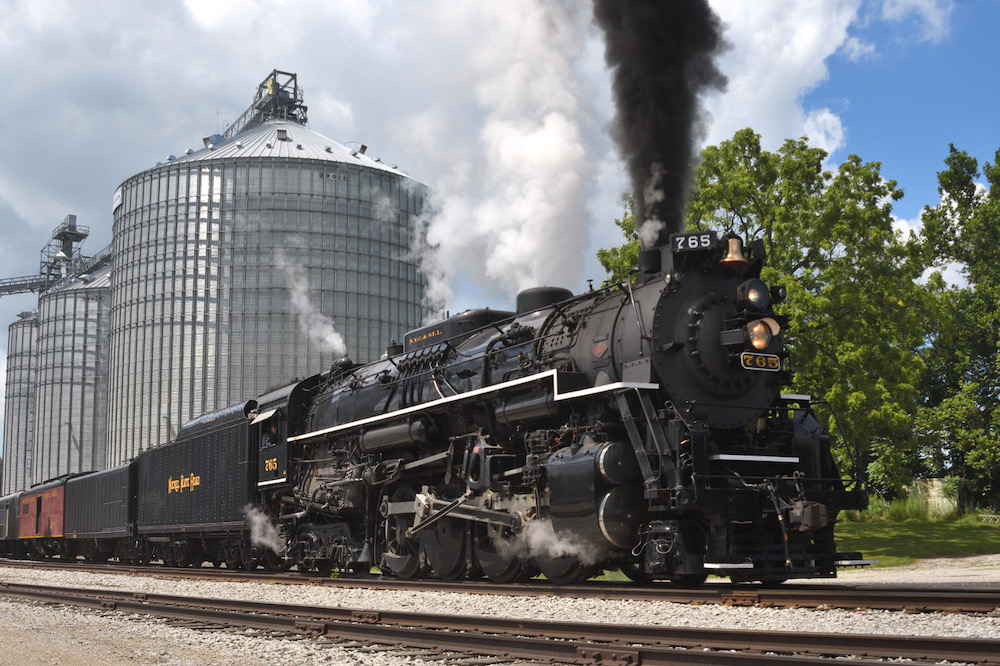
From short lines to Class I railroads, you’ll likely come across a mainline steam excursion with one or more tenders/tank cars coupled right behind the locomotive’s main tender. Water is the primary commodity, all for the steam locomotive when out on the road.
The use of an auxiliary water car, sometimes referred to as a “canteen,” is straightforward. They are used to increase the amount of water a steam-powered train can carry, thus increasing the distance in between water stops. The water cars are connected to the locomotive with standard couplers, which allows the operator to add or reduce water capacity as needed. Water from the car to the main tender uses a hose connection (sometimes with a one-way check valve) between the tanks with assistance from head pressure. As water is injected into the boiler, the tender is immediately replenished from the canteen, equalizing all the tanks with water levels dropping at the same rate.
The use of this equipment can be traced back to the steam era. Renowned railroads such as the Norfolk & Western, Baltimore & Ohio, Illinois Central, and the Denver & Rio Grande Western’s narrow-gauged empire all relied on auxiliary cars to reduce or even eliminate water stops between terminals. This helped the railroads achieve better on-time performance. Today, water cars are a necessity for mainline steam excursions, with active watering facilities completely removed across North America’s rail network.
While repurposed tank cars are still used today, more steam excursions are using an extra tender as a converted water car, commonly known as an “auxiliary tender.” The cars are modified to remove the fuel bunker, increasing the tank’s overall capacity. Today’s auxiliary tenders originate from scrapped steam locomotives.
Tenders from former Louisville & Nashville’s M-1 2-8-4s (nicknamed “Big Emma”) have been a common selection. There are three still in service today behind N&W No. 611, Nickel Plate Road No. 765, and Milwaukee Road No. 261. Some tenders have been modified for other usage prior to steam excursions. Nos. 814 and 809 of the Union Pacific’s steam program since 1989, for example, were used as fuel tenders for the gas turbine locomotives after the conclusion of steam on the railroad, from 1958 until 1970.
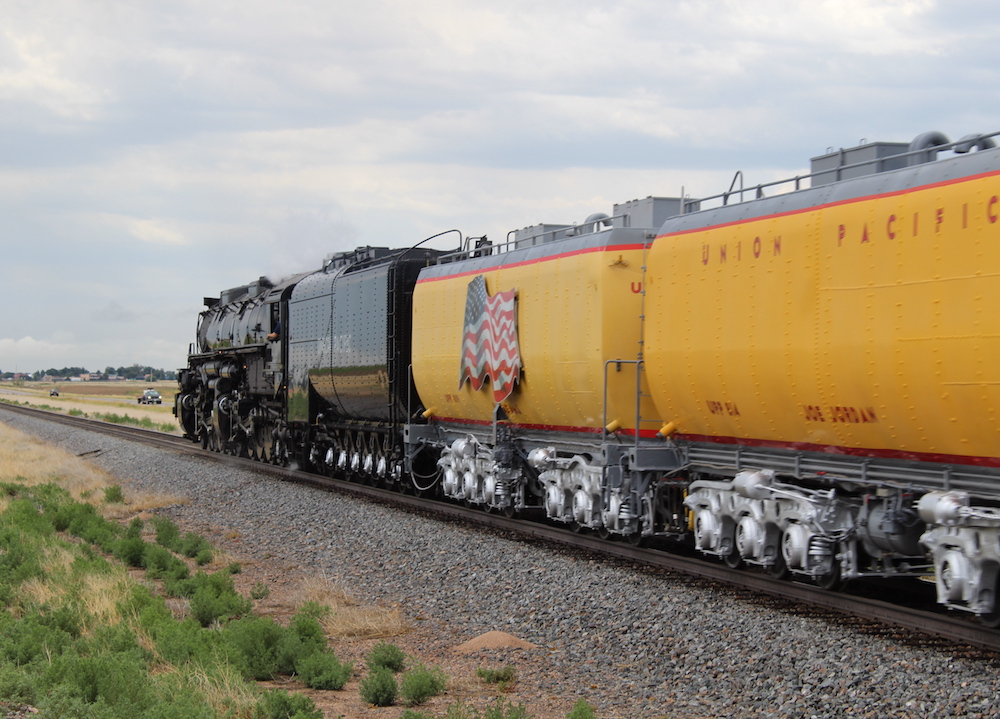






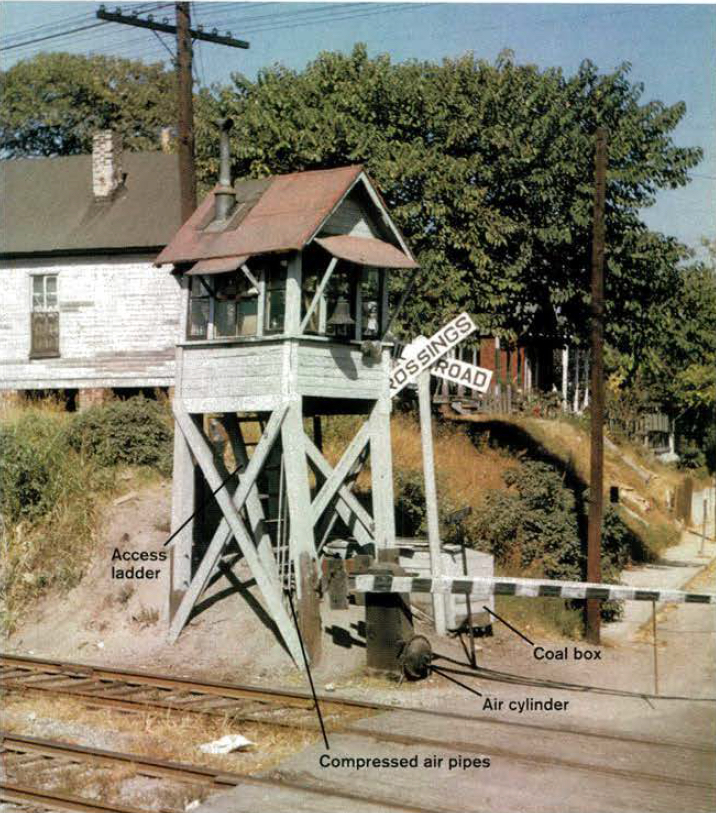
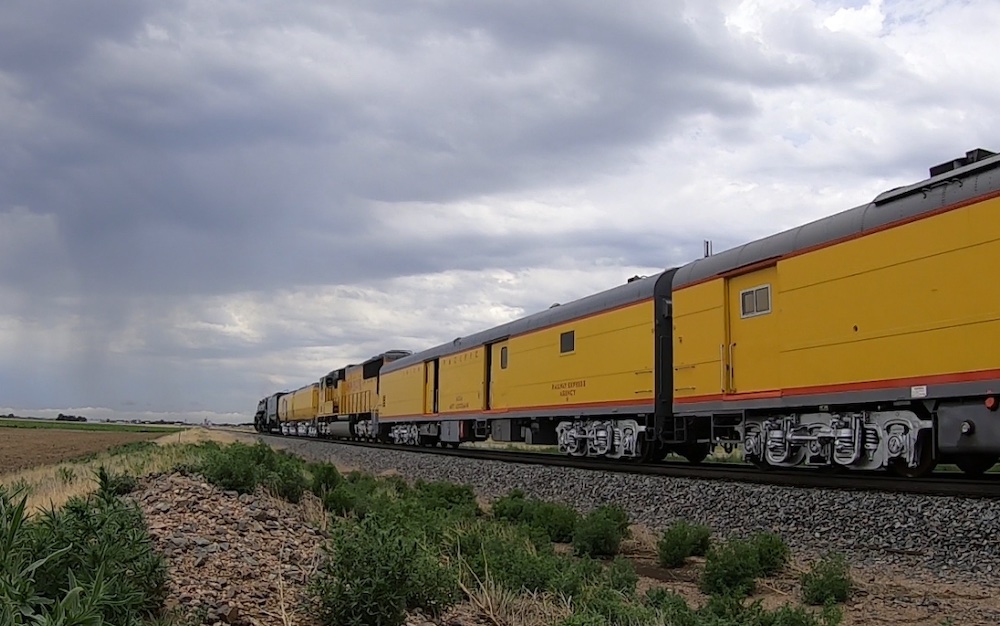
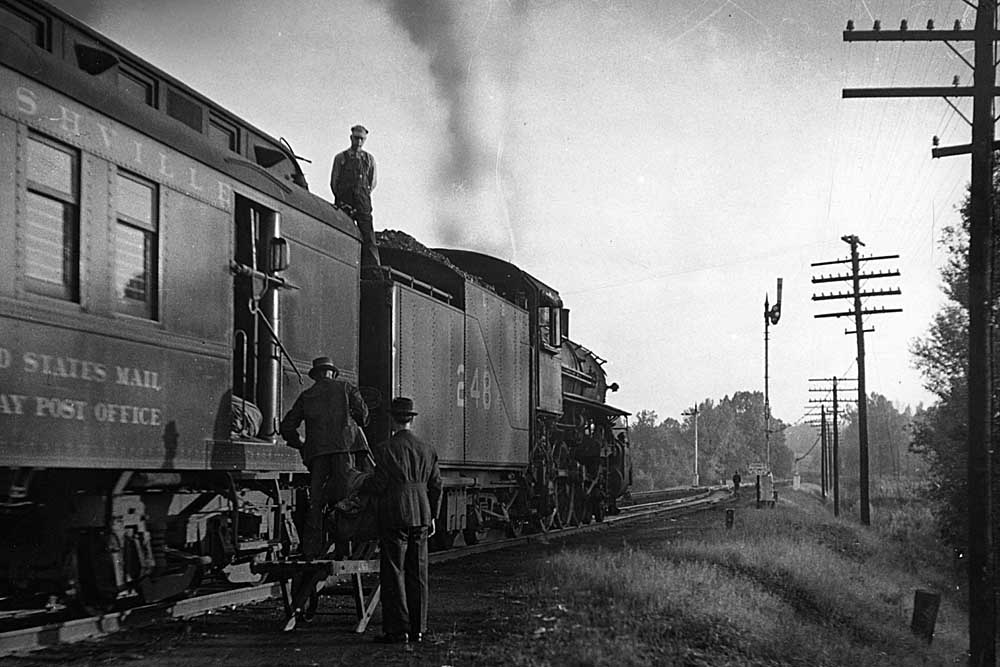
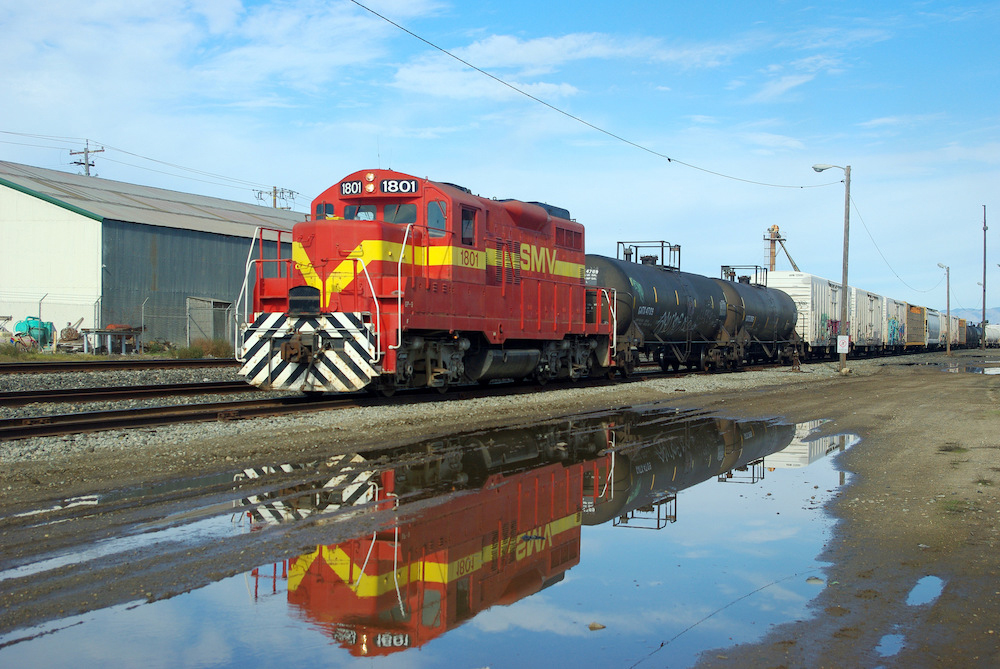




Pre-diesels, some western roads used aux. tenders/water cars due to lack of H20 in the deserts! (check SP & AT&SF and others?)
What is the distance between fuel stops?
the auxiliary water tenders are very interesting